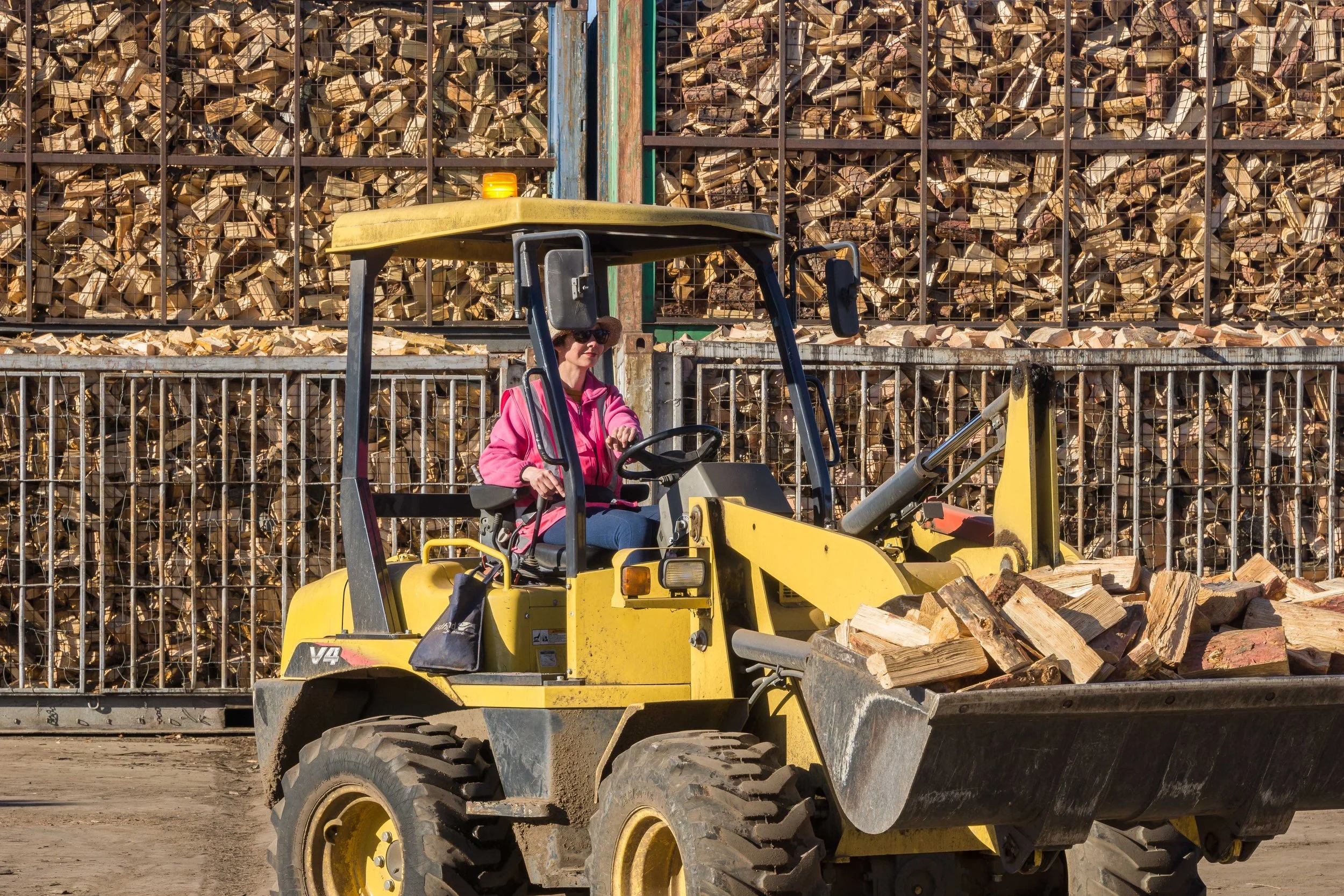Increased kerbside recycling new era for waste system
Te Whanganui-a-Tara - Changes are to be made to the way people make, use, recycle and dispose of waste, ushering in a new era for New Zealand’s waste system.
The changes will ensure that where waste is recycled, for instance by households at the kerbside, it is less likely to be contaminated by material that cannot be used.
The initiatives are:
improved and standardised household kerbside recycling.
organic collections (including food scraps), making it easier for people to recycle and avoid sending as much to landfills.
a new waste strategy to set New Zealand's direction on waste for the next three decades
new and more comprehensive waste legislation
New Zealand is one of the highest generators of waste per person in the world, every year producing about 750kg per person. At home, we only recycle and compost about a third of household waste,” environment minister David Parker says.
Households in urban areas will have a standardised recycling service by 2027 and a household food scraps collection by 2030.
The new service will make it clear what can or can't be recycled from home, so New Zealanders can be confident they are doing the right thing.
Recycling collections will ensure collection of glass bottles and jars; paper and cardboard; plastic bottles and containers from plastic types 1, 2, and 5; and aluminium and steel tins and cans.
During public consultation, people were overwhelmingly in favour of this initiative, with almost 90 per cent support from 6400 submissions.
Kerbside food scrap collections will be a new service for many households. Ensuring food scraps are separate from landfill collection and can be disposed of responsibly will reduce emissions and make it easier to find new uses for that waste.
In 2019, waste was responsible for four per cent of our total gross emissions, most of which was methane from decomposing of organic material in landfills. By 2035, kerbside food scrap collections will be preventing approximately 45,000 tonnes of CO2-equivalent of methane emissions.
Working with local authorities, the changes to household collections will be phased in from 2024 to 2030 as supporting infrastructure is expanded.
Current waste figures show 100,000 tonnes of recyclables are placed in household rubbish bins every year.
Sixteen percent of materials placed in recycling bins can’t be recycled, adding cost to our system and in some cases preventing recyclable materials from being recycled.
Food scraps make up more than a third of a typical household’s rubbish each week.
More than 300,000 tonnes of food scraps are sent to New Zealand landfills from houses and businesses every year, rotting and producing methane, a potent greenhouse gas .
Food scraps produce around 22 per cent of the emissions from municipal landfills as they decompose. Currently, 46 urban areas have between 1000 and 2000 residents and only 8 of these do not offer kerbside recycling collections















Lisa was born in Auckland at the start of the 1970s, living in a small campsite community on the North Shore called Browns Bay. She spent a significant part of her life with her grandparents, often hanging out at the beaches. Lisa has many happy memories from those days at Browns Bay beach, where fish were plentiful on the point and the ocean was rich in seaweed. She played in the water for hours, going home totally “sun-kissed.” “An adorable time to grow up,” Lisa tells me.
Lisa enjoyed many sports; she was a keen tennis player and netballer, playing in the top teams for her age right up until the family moved to Wellington. Lisa was fifteen years old, which unfortunately marked the end of her sporting career. Local teams were well established in Wellington, and her attention was drawn elsewhere.